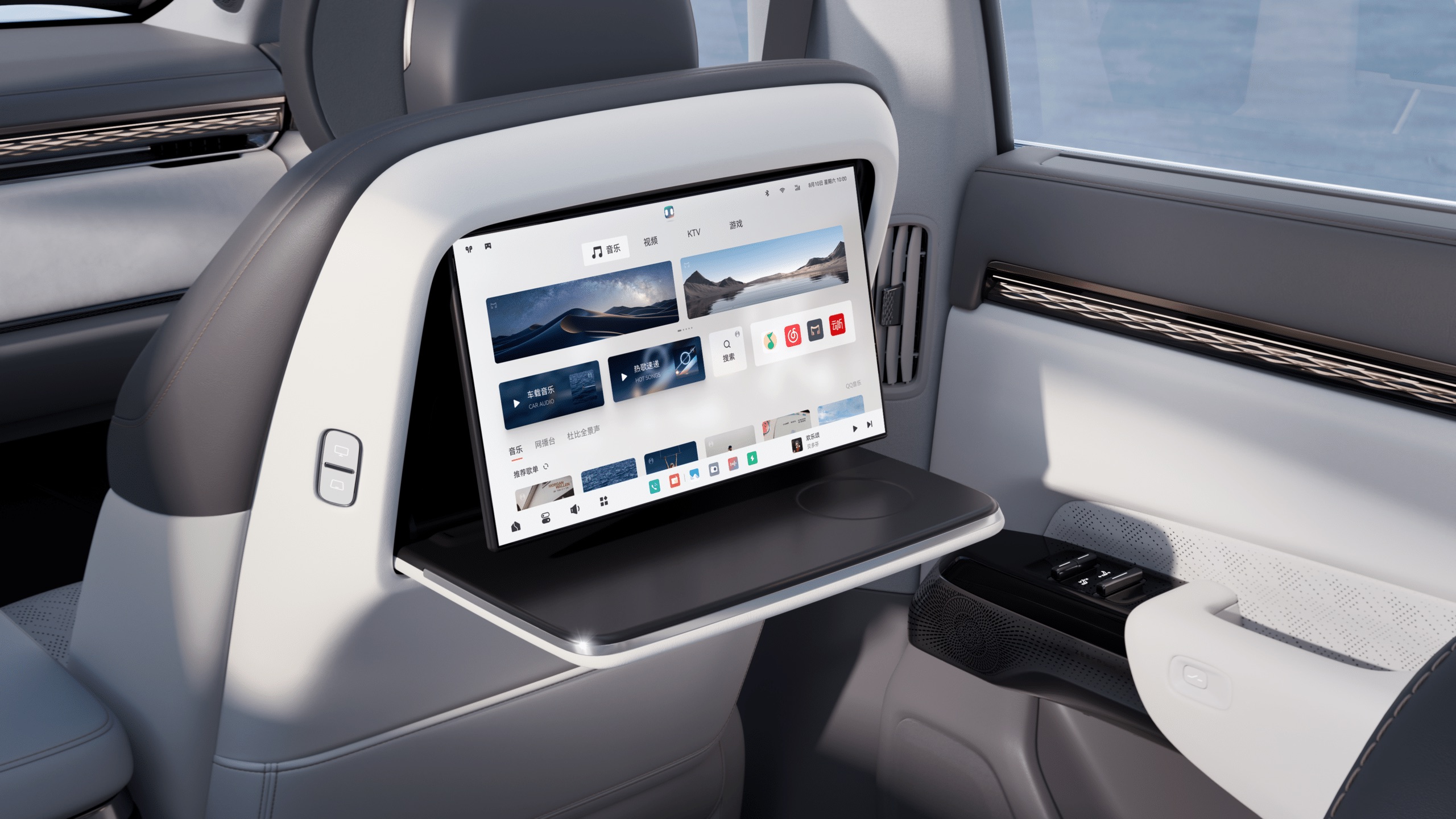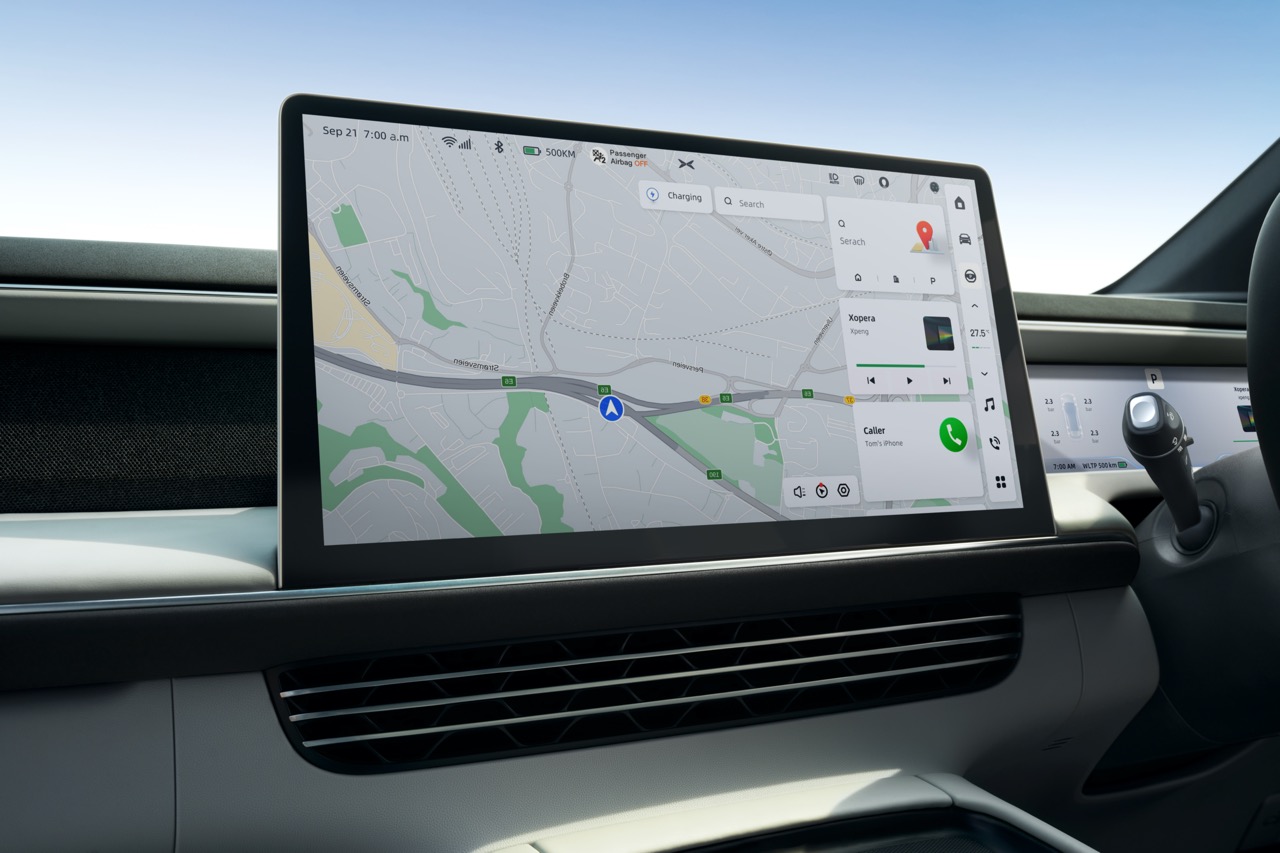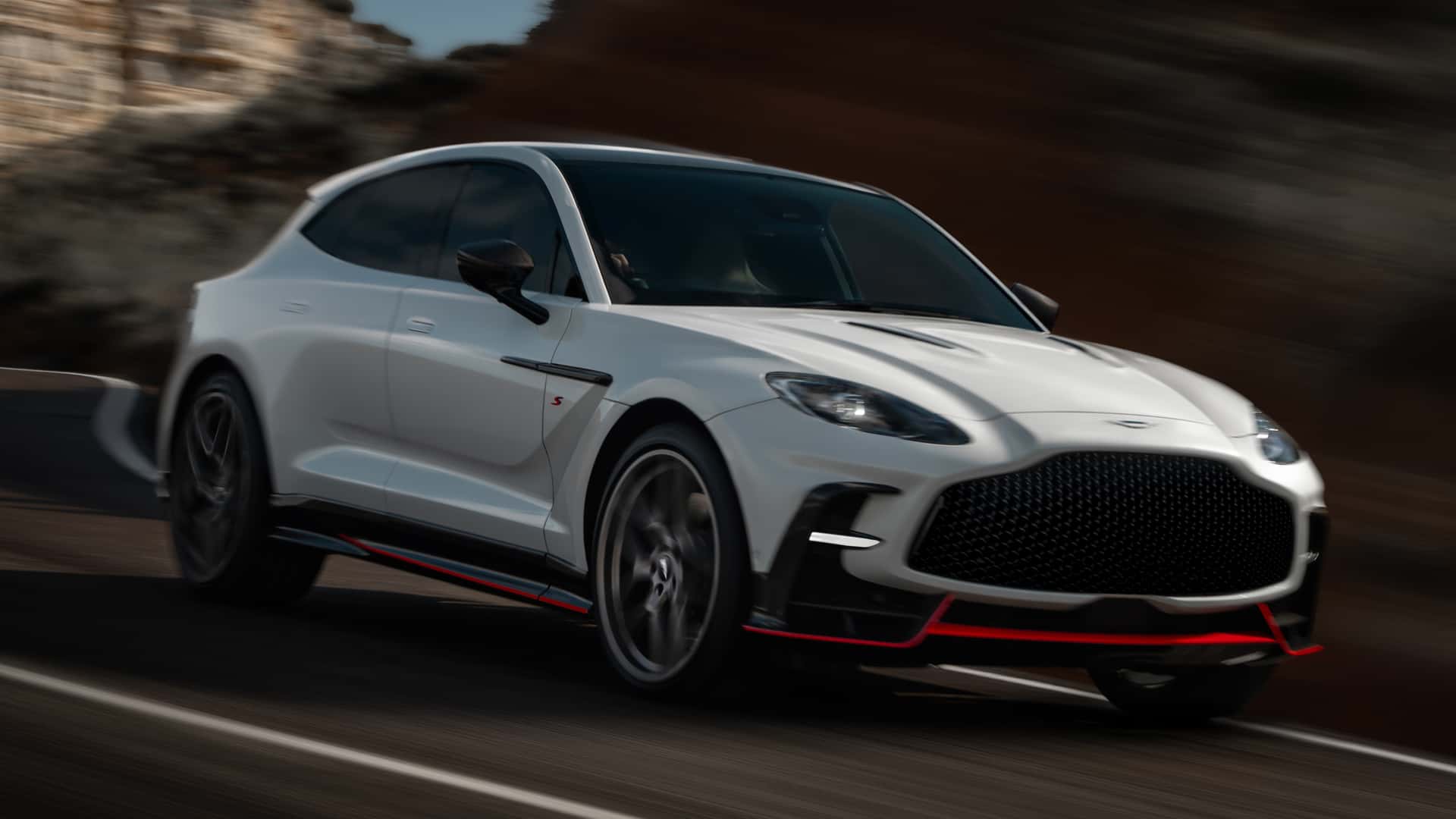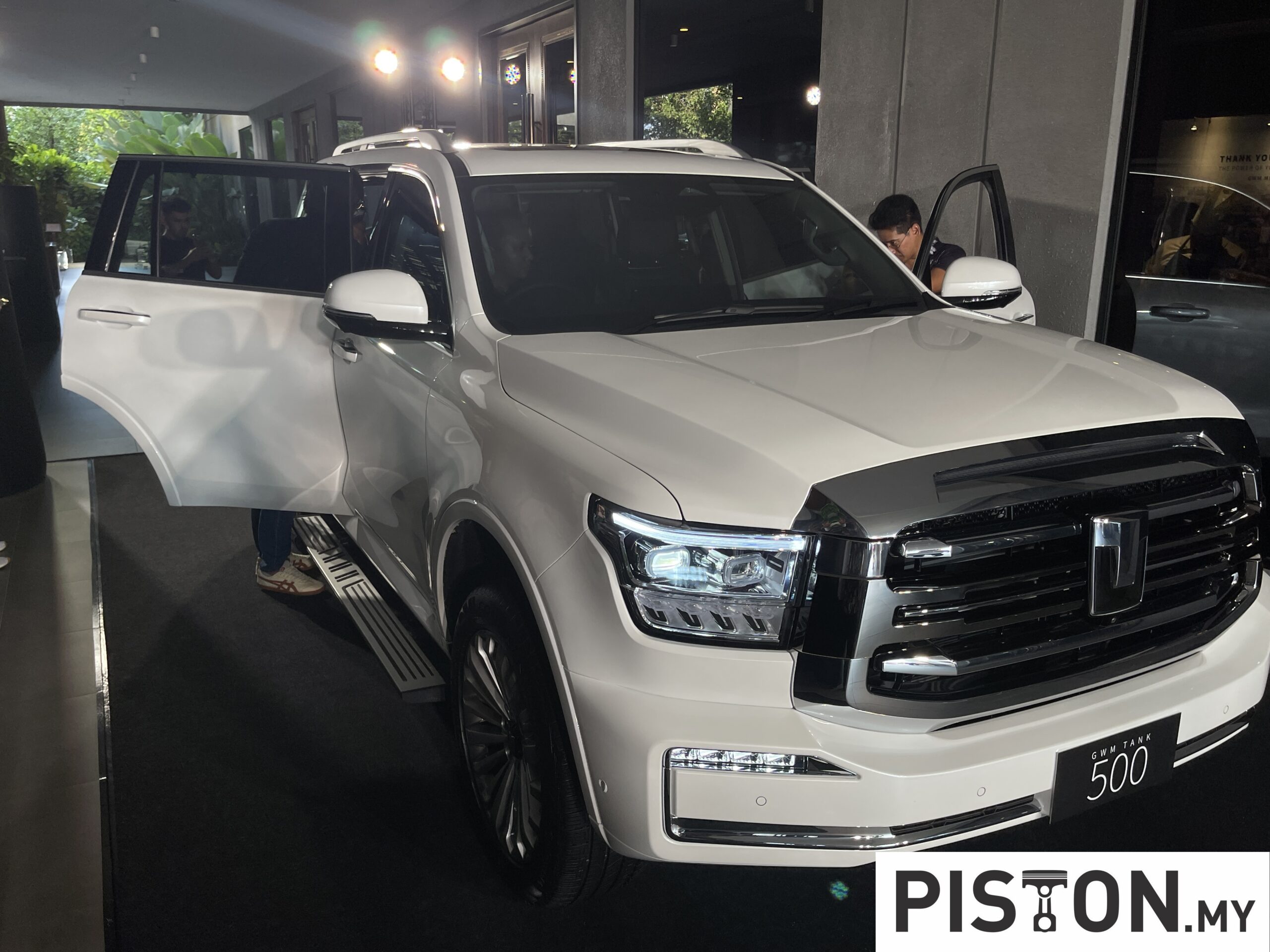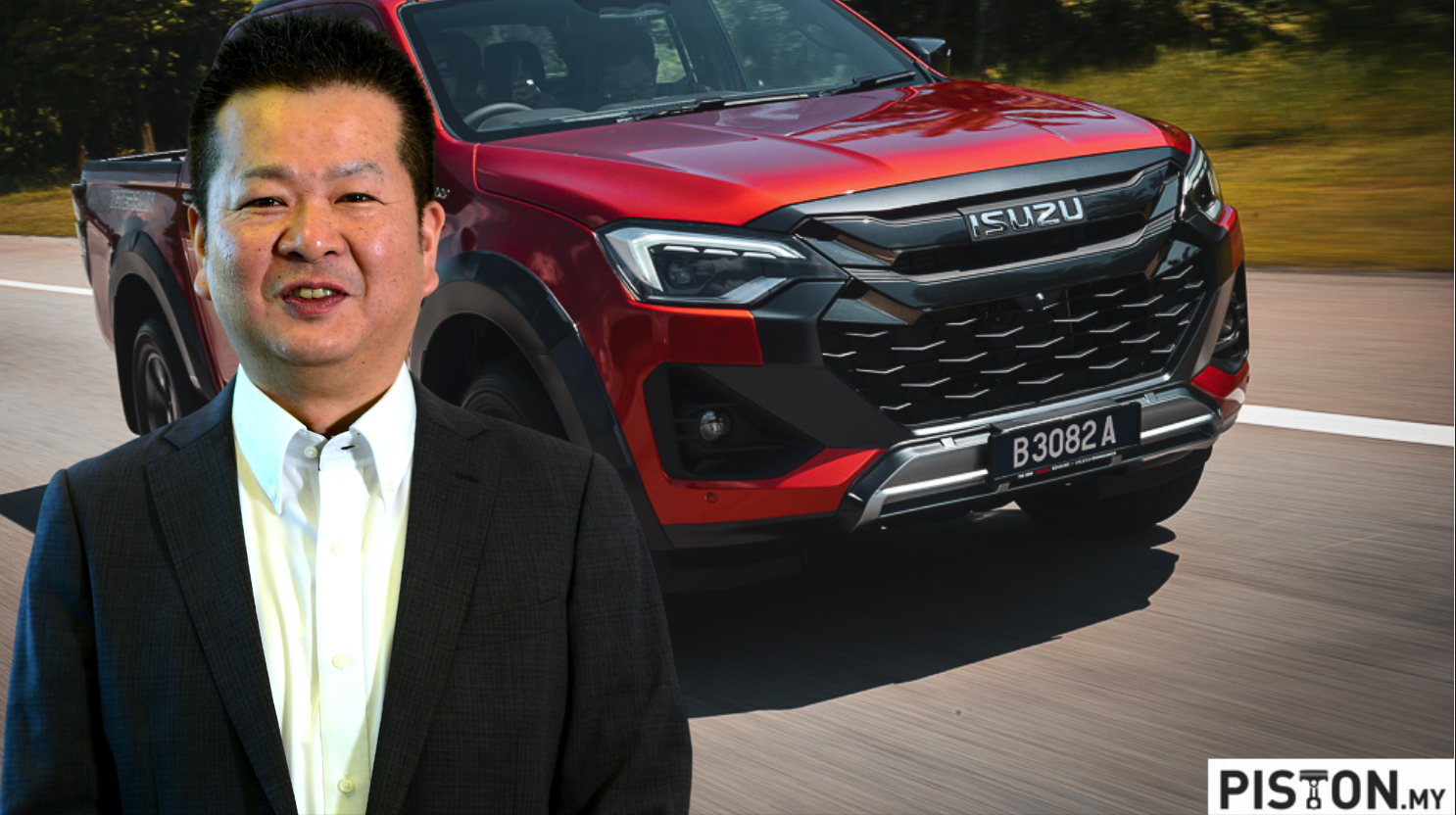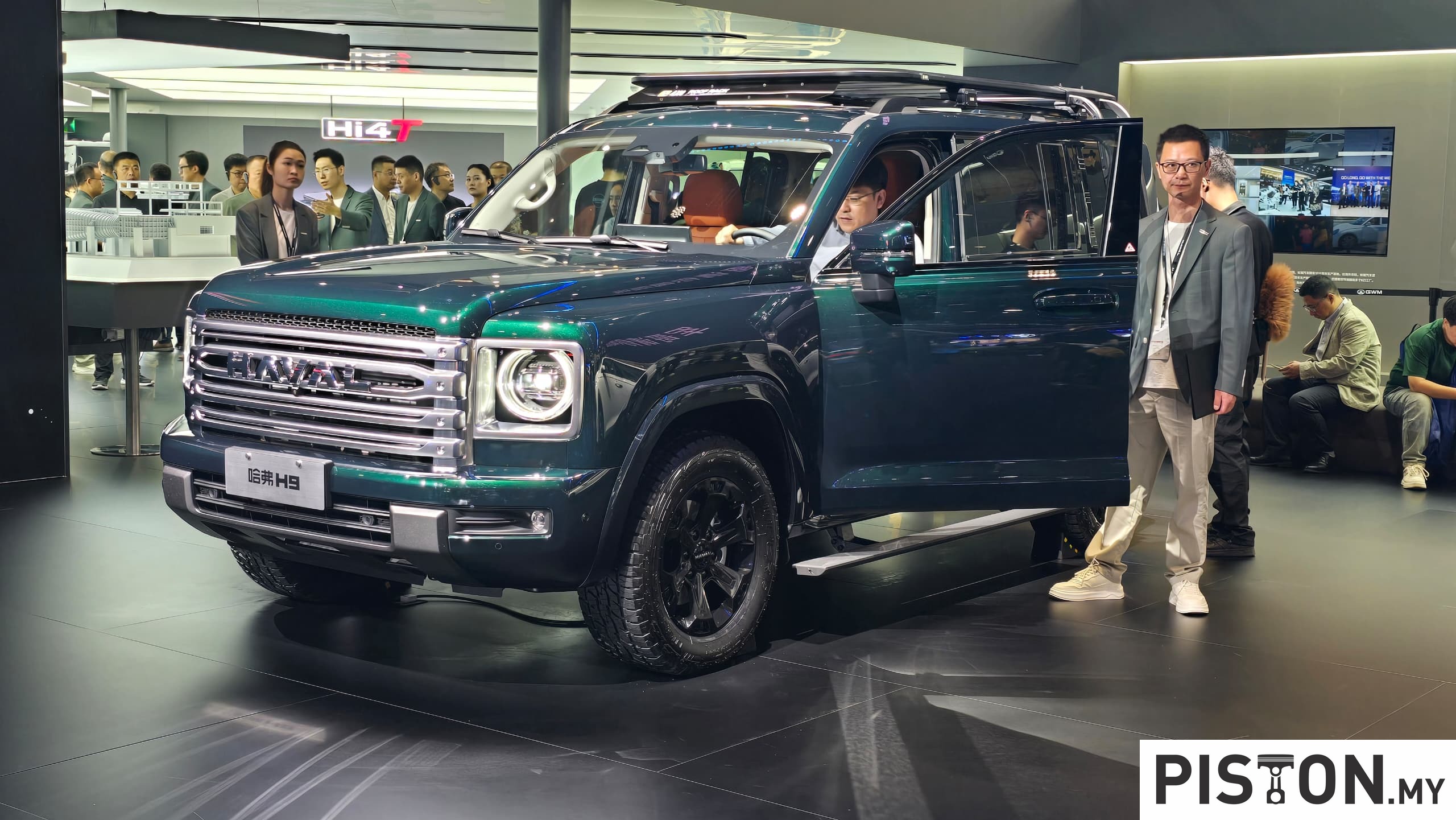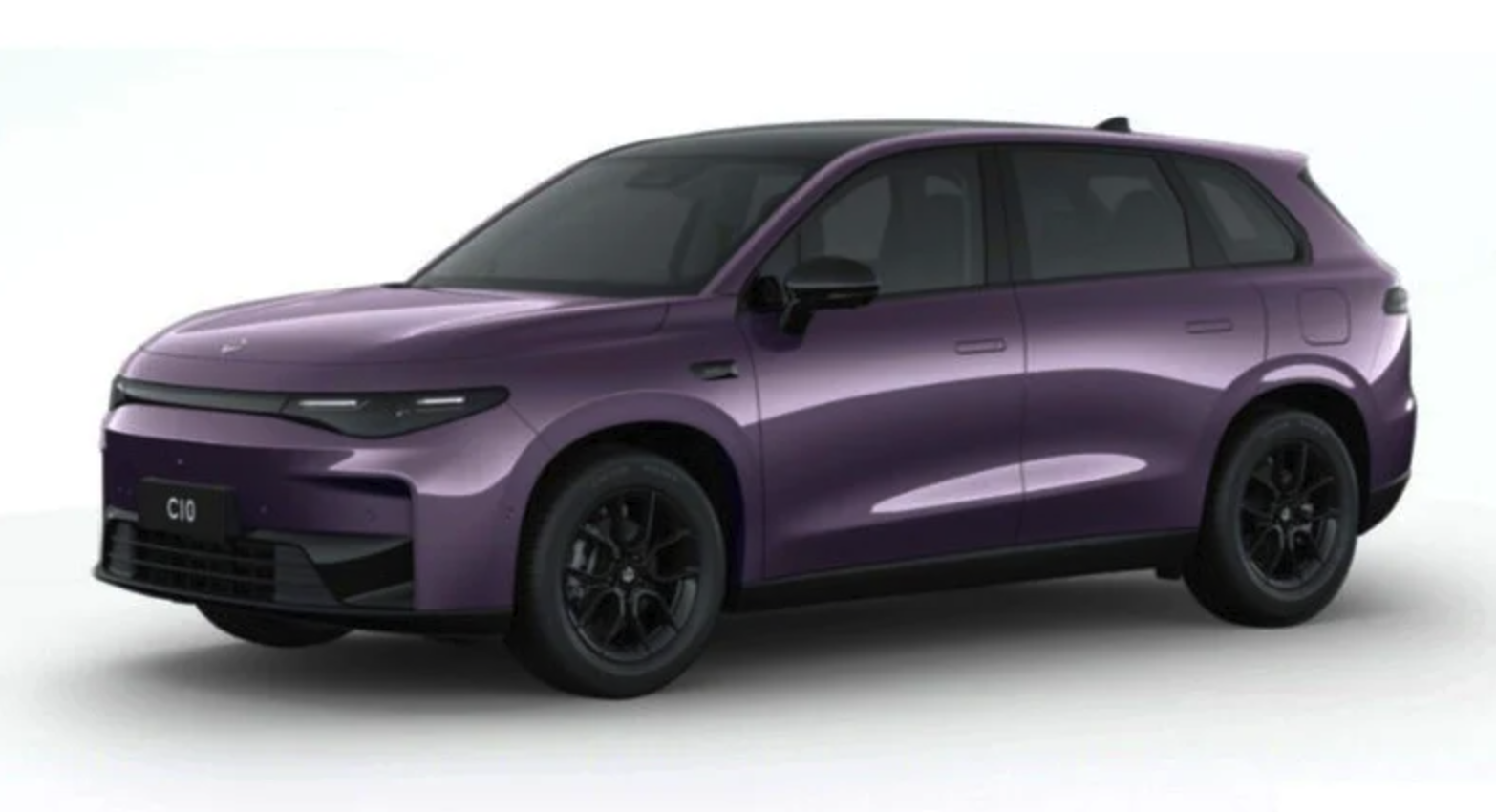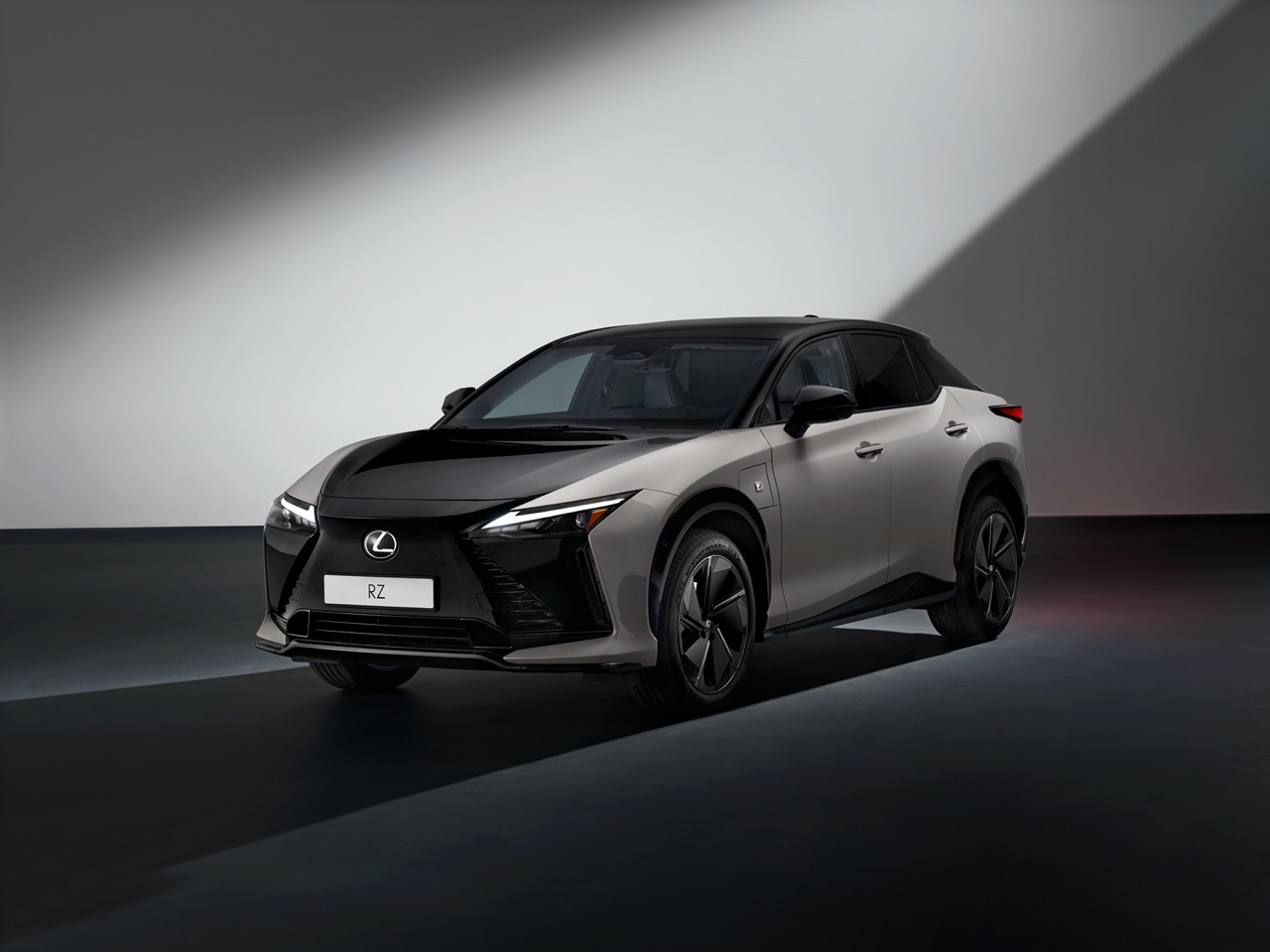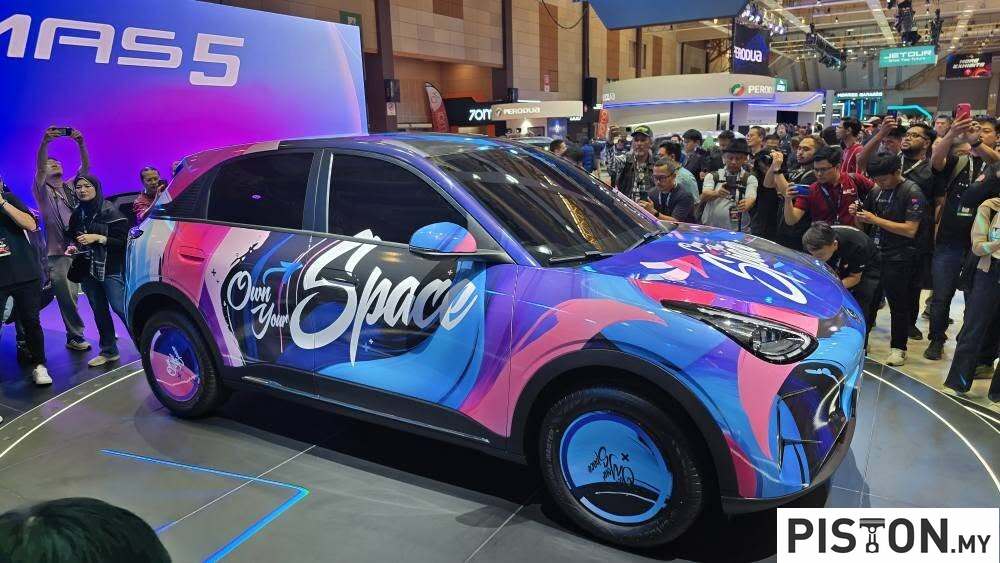Cars today are loaded with advanced technology and safety features, but more isn’t always better for buyers. J.D. Power’s 2024 U.S. Tech Experience Index Study revealed that while some owners appreciate the cutting-edge features in their vehicles, others find them frustrating and difficult to use.
J.D. Power ranks these features using a “problems per 100 vehicles” (PP100) scale. Gesture controls, in particular, received a high 43.4 PP100, with 21% of owners criticising the feature’s lack of functionality, according to a new performance measure introduced in this year’s study. Hands-free driving assistance systems also garnered low scores for usefulness, with even advanced versions struggling to win over drivers.
Despite this, some tech features received positive feedback. Advanced driver assistance systems (ADAS), such as blind spot monitoring, were well-regarded by owners for meeting specific needs without overwhelming them with unnecessary complexity.
In contrast, passenger display screens received little enthusiasm from buyers, many of whom found them unnecessary. Although automakers have been pushing for more screens in premium models, only 10% of vehicles regularly have front passengers, and dealers have faced challenges in educating owners on how to use these displays effectively.
Tesla, known for its forward-thinking tech, is now dealing with the challenges of transitioning from early adopters to more mainstream consumers. Some of its features, including the direct driver monitoring system, received lower marks from owners in this year’s survey.
J.D. Power’s findings are based on nearly 82,000 responses from owners of 2024 model-year vehicles within the first 90 days of ownership. This year, the study also introduced a return on investment analysis to help automakers better understand which tech features offer the most value for their customers.




